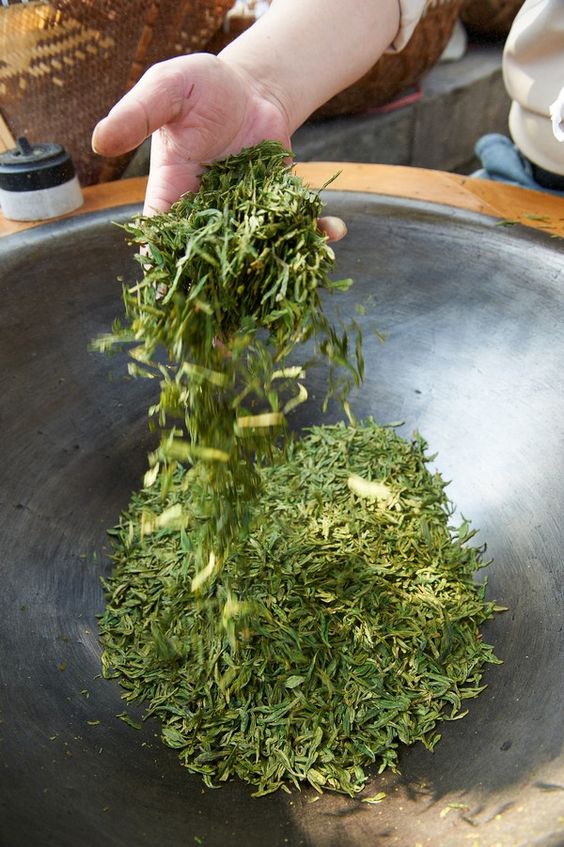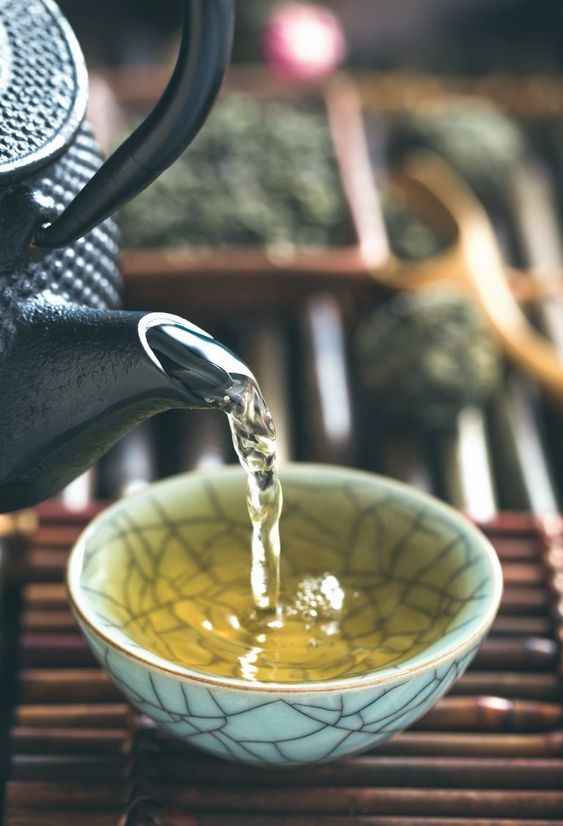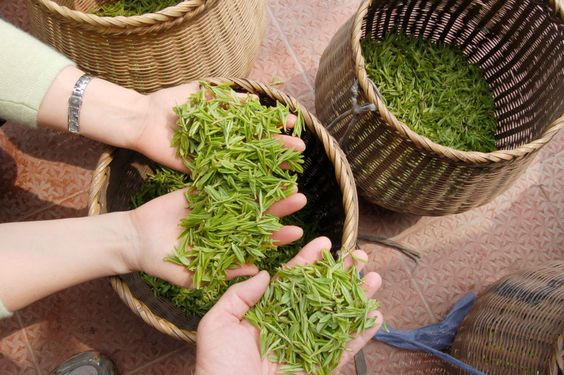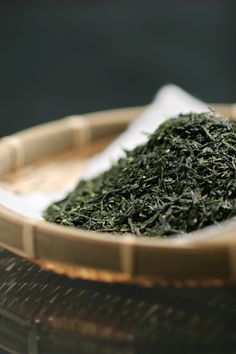Tea Tasting Guide
Brewing method
As a variety of green tea, compared with other teas, Taiping Houkui tea has a sweet aftertaste and is not bitter even if too much tea is placed in it, while other teas are bitter if too much is placed in them, and Taiping Houkui is relatively simple to brew. The following is a simple method of brewing Taiping Hou Kui:
1. Brewing tea choose a straight glass cup (the choice of cups can be gaiwan, zisha small pots, zisha large pots, etc) so that in the brewing process you can enjoy the tea leaves in the water stretching process.
2. From the bag take out three to five grams of tea into the cup, you can place the root of the tea leaves downward.
3. Brewing 90 degrees Celsius of water, the first time to brew do not add too full, to almost half of the tea leaves. Do not add too much, to almost half of the time can be, wait for the tea leaves to slowly stretch,
4. Tea leaves stretch almost when adding the second boiling water, wait a few minutes, wait until the temperature of the tea broth is almost when you can taste it. Do not drink it all at once, leave about one-third of it to facilitate the later brewing.

The appearance of Taiping Houkui
① Appearance: Taiping Hou Kui flat and straight, and Kuiwei heavy and solid, simply put, is its head is relatively large, with two leaves and a bud, and the leaf blade up to 5 to 7 cm, this is a unique natural environment so that its fresh leaves hold tenderness better results, this is Taiping Hou Kui unique features, it is difficult for other teas to be confused with the pearls. After brewing, the buds and leaves become fat and strong, like a budding white orchid. This is a remarkable feature of the very best, the shape of the other levels is very different, and it is necessary to carefully identify the colour, aroma and taste.
②Colour: Taiping Hou Kui is pale green and even moist, green in the dark, and even more green in the sunlight, and no yellowish phenomenon. After brewing, the leaf bottom is green and bright. Aroma: The aroma is high and persistent, Taiping Hou Kui is more resistant to brewing than other famous local teas, ‘three and four bubbles of fragrance remain’, and generally has an orchid aroma. Taste: Taiping Hou Kui has a fresh and mellow taste with a sweet aftertaste, and it is not bitter or astringent even if you put too much tea in it. Not fine tea drinkers often feel light and tasteless, some people say that it is ‘sweet and fragrant as orchids, ethereal and not cold, sip the light, it seems tasteless. After drinking, there is a sense of peace of air, fall between the teeth and cheeks, this tasteless flavour, and even taste.’

How to identify the quality of Taiping Houkui
①Shape: mainly look at the dry tea strip, Hou Kui strip is flat tea. Tea bars are especially flat and thin and more than two branches of the tea bars stacked and shaped flat tea is not authentic Taiping Hou Kui tea. Tai Ping Hou Kui
②Tenderness: mainly to see the Hou Kui raw materials (leaf quality) of the degree of tenderness. The tenderness of good Hou Kui tea generally gives the impression that its flat tea body bone full, leaf fat and solid, not dry and thin, hand hefted with a sense of heaviness, thrown into the tray when the sound;

③ Colour: that is, look at the colour and gloss of the dry tea. Quality Taiping Hou Kui colour and lustre with other famous tea features - is the dry tea colour and lustre for ‘pale green even moist’. ‘Pale green even run’ in pale green is the unique colour of high-grade Hou kui, the so-called “pale green”, “even run” that is, the tea strip green is deeper and shiny, the colour is very uniform not flower miscellaneous, no dry and dark image.
④Purity: generally required to review the tea leaves in the Park, piece, stalk, seed content and the presence of other inclusions.
⑤Soup colour: the main assessment of the tea soup colour, brightness and turbidity. High-grade Hou Kui tea broth should be tender green clear and bright. Tender green means green with a little green, and the colour of green apple is somewhat similar; tea broth is very clear, has excellent transparency, bright and has no turbidity. The colour of the tea broth of Hou Kui is also more stable, not easy to oxidise and become yellowish and reddish.

⑥Aroma: It is mainly to identify the type, height and persistence of the tea aroma. (Should also pay attention to whether the tea aroma is normal, whether there is no smoke, burnt, rancid wood smell, etc.) High-grade Hou Kui contains an attractive orchid aroma, cold sniffing is still a high aroma, persistent.
⑦Taste: the reviewer is required to identify the tea flavour of the intensity, freshness, aftertaste, and the presence of bitterness and astringency, etc. Fresh, mellow, sweet and sweet aftertaste. Fresh and mellow, sweet aftertaste, unique ‘monkey rhyme’, these excellent taste sensations, are the Taiping Hou Kui tea a hundred years of undefeated fundamental.
⑧The bottom of the leaf: the bottom of the leaf is the dregs of the tea after the brewing process, mainly to see its tenderness, colour and uniformity. You can first use an enamel tray with water to float and then fish out the bottom of the leaf, with hand pressure, mainly to judge the buds and leaves of the soft and hard, thick and thin, and the degree of old and young.

Nutritional composition of Taiping Houkui
High-grade Taiping Hou Kui tea leaf bottom most of the tender uniform fat, branches into a flower, colour and lustre tender yellow green bright. Value Efficacy Podcast Edit Nutritional Composition Taiping Hou Kui tea is sweet, bitter and slightly cold, and is a traditional natural health drink in China. Tea contains more than 500 kinds of chemical components, the main components of which are caffeine, tea polyphenols, proteins, amino acids, sugars, vitamins, lipids, organic acids and other organic compounds, but also contains potassium, sodium, magnesium, copper and other 28 kinds of inorganic nutrients, a variety of chemical components of the combination between the proportions of the coordinated.
